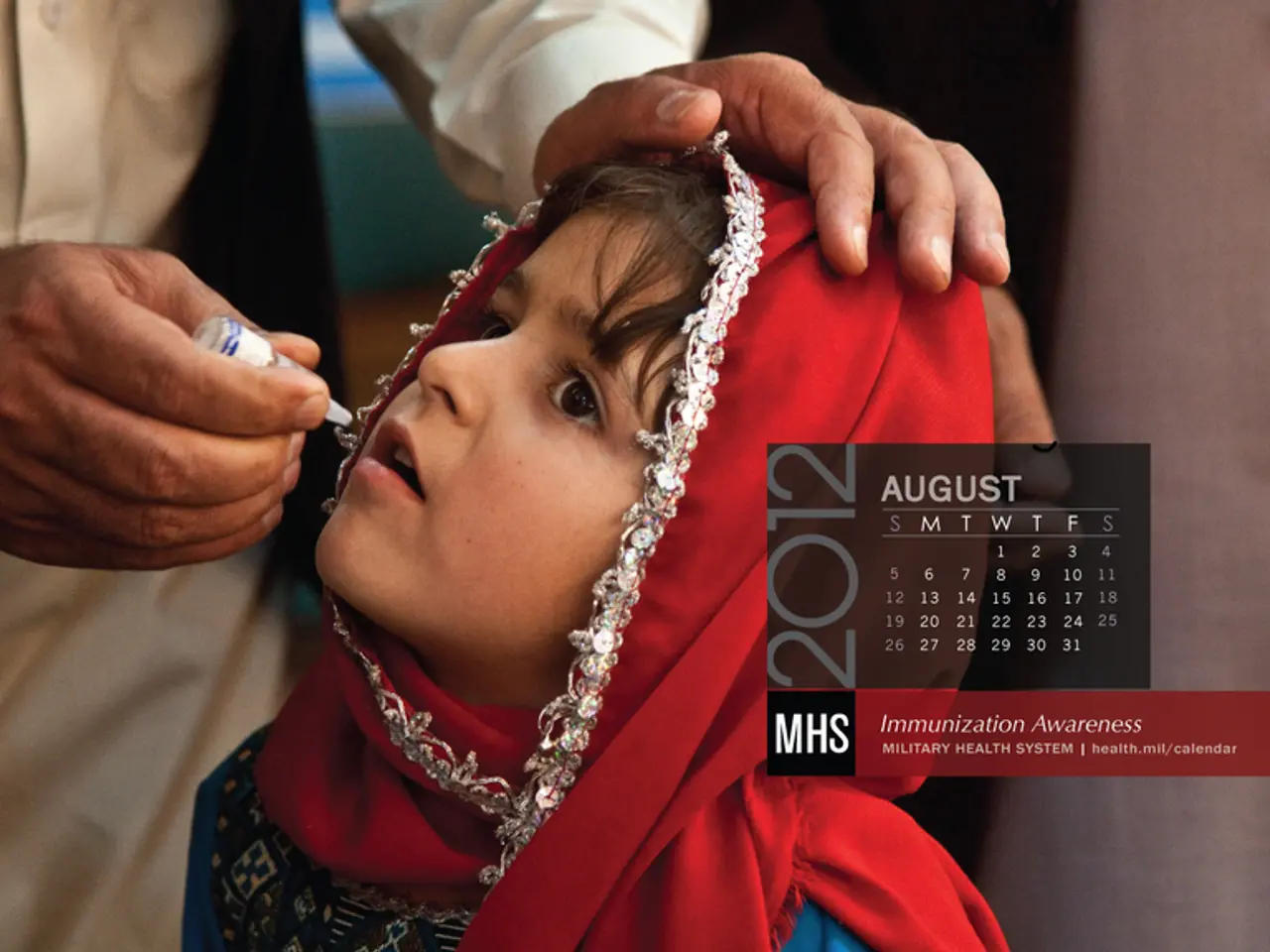HPV Vaccine Crucial to Preventing Global Cancer Crisis
Human Papillomavirus (HPV) is the most widespread sexually transmitted infection globally, with nearly all sexually active individuals contracting it at some point. Cervical cancer, predominantly caused by high-risk HPV viruses, accounted for about 80% of HPV-related cancer cases worldwide in 2018, with 620,000 women and 70,000 men affected. HPV vaccines, which can reduce high-risk infections by up to 98.4% in vaccinated individuals, are crucial in preventing these cancers. However, global HPV vaccine uptake remains low, particularly in poorer countries.
HPV vaccines have shown promising results in reducing infections and preventing cancers. Clinical trials found the 9-valent vaccine to be as protective as the 2-valent and 4-valent versions. However, its real-world effectiveness has been lower due to its later introduction. In regions with high HPV immunization rates, such as parts of Australia, the UK, and Sweden, herd immunity has led to a significant reduction in high-risk HPV infections among unvaccinated individuals, with a 71.6% decrease observed. This herd immunity effect protects unvaccinated people from infection. Conversely, countries with low immunization rates, particularly in Eastern Europe and some low-income nations, lag behind in preventing HPV-related cancers.
HPV infections are often symptomless and can clear up on their own within two years. However, in some cases, they can persist and cause cancers, primarily cervical cancer. The virus is responsible for nearly all cervical cancer cases, with HPV 16 and HPV 18 being the most common high-risk types.
The global HPV vaccine uptake of 31% for adolescent girls and 8% for adolescent boys highlights the need for increased vaccination efforts, particularly in poorer countries where cervical cancer rates are higher. With HPV vaccines capable of reducing high-risk infections by up to 98.4% and providing herd immunity, widespread vaccination could significantly decrease HPV-related cancers worldwide. In 2018, HPV was attributed to 690,000 cancer cases globally, emphasizing the urgency for increased vaccination efforts and education about the virus and its prevention.





